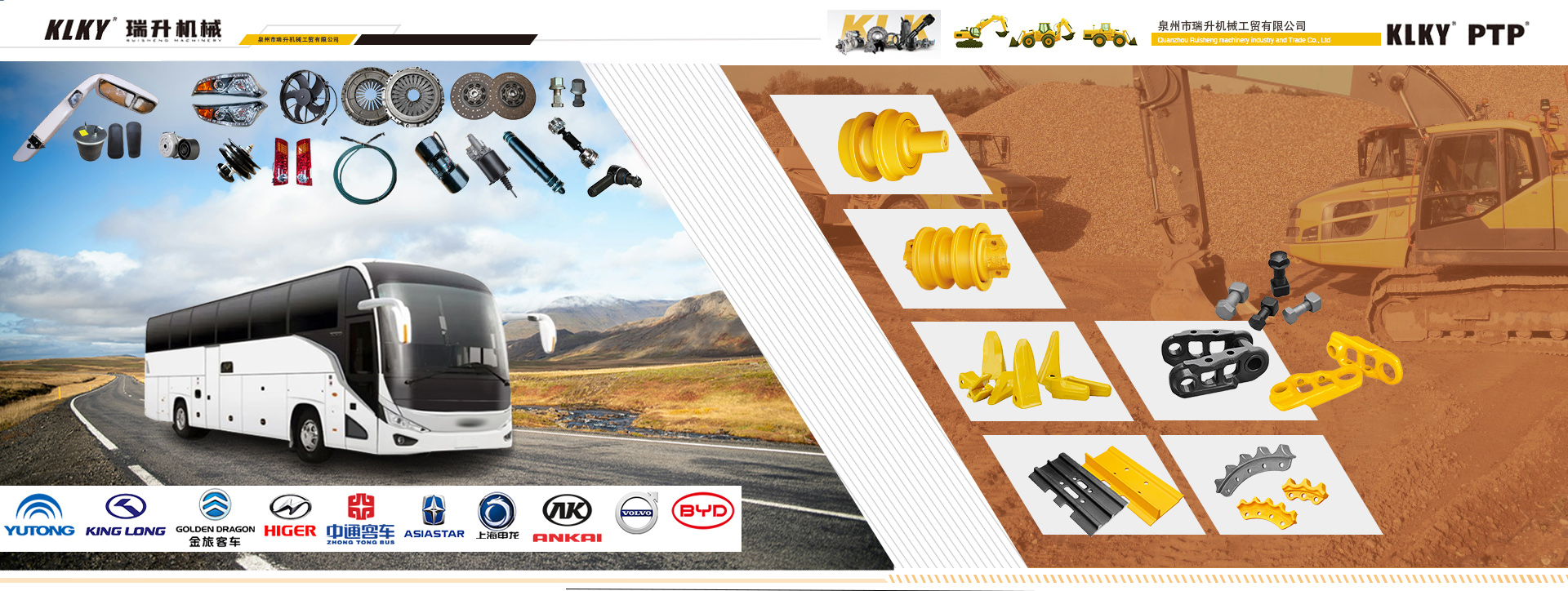What is a height valve?
Height valves are valves used in the suspension system of vehicles with air springs (airbags).
Height valve for use in vehicle suspension systems with air springs (airbags). By dynamically sensing changes in vehicle height, the air intake or exhaust is completed in time to adjust the height of the air springs (airbags) to improve the comfort of the driver and passengers, while preventing damage from wheel impact on the road.
In order to improve comfort and reduce the vibration of the car body, moving trains and metro vehicles are connected to the bogie and the car body by air springs, but this has brought some new problems.
In practice, passengers are not evenly distributed in the carriages, with high compression in areas of high passenger concentration and low compression in areas with few passengers, which can easily lead to tilting of the car body.
For a train, the mass of each carriage varies and the mass of each carriage varies with each stop, resulting in inconsistent vehicle heights and therefore the possibility of uncoupling of the coupling during operation.
In addition, when the train passes through a curve, the change in gravity can also cause the air springs to compress differently.
To solve these safety problems, suspension control devices are installed between the car body and the bogie, the core component of which is the height valve. When the vehicle’s mass increases, the body moves downwards relative to the bogie and the height valve fills the air spring with air, increasing the air spring pressure and raising the height of the vehicle. When the vehicle mass decreases, the vehicle body moves upwards and the height valve discharges air from the air spring, causing the air spring pressure to drop and lower the vehicle height until the vehicle returns to the set height [1].
How the height valve works edit Podcast
If the vehicle is at the set height, the height valve is in the so-called neutral position. At this point, both the intake and exhaust valves are closed and the air spring is neither filled with air nor exhausted.
1. Air-filled state (increased vehicle mass)
When the vehicle’s mass increases, the air spring is compressed and the vehicle body starts to sink. The lever then rotates upwards around the drive shaft, causing the eccentric pin to push the piston to the left and open the air intake valve. The compressed air from the main air side pushes the valve head, opening the check valve and passing through the intake valve into the air spring.
For vehicle air spring suspension control systems, it is often required that the height valve can be quickly filled and exhausted to bring the vehicle back to the set height quickly when the mass of the load varies greatly. When the load mass changes slightly due to vibration etc., the height valve is kept under pressure. When the mass changes are small, the height valve can be filled and exhausted slowly, so that the height valve can be steadily transitioned to a neutral position, while also avoiding frequent filling and exhausting of the height valve and making rational use of the air supply.
This is already reflected in the design of the height valve. As can be seen from the piston rod structure, when the rotation angle of the lever is small, there is only a narrow gap between the piston rod and the inner wall of the valve body, which can play a throttling role and reduce the air filling speed. When the rotation angle of the lever is larger, the piston rod continues to move to the left and the gap between the piston rod and the valve body becomes larger, which can increase the inlet air flow and achieve the purpose of fast charging.
After the vehicle body is raised to the set position, the lever returns to the horizontal position and the height valve is once again in neutral position, closing the air inlet and check valves.
2. Exhaust air state (vehicle load mass reduced)
When the vehicle load mass is reduced, the air spring expands and the vehicle body starts to rise, the lever rotates downwards around the drive shaft and the eccentric pin pulls the piston rod to the right, opening the exhaust valve. At this point the intake valve is kept closed by the spring and pressure on the valve head, cutting off the path between the main air and the air spring.
If the vehicle has a low mass drop, the air spring will slowly exhaust air due to the throttling effect of the piston rod. If the vehicle load mass drops more and the piston rod rotates at a larger angle, it directly connects the air spring to the piston rod’s air discharge path to achieve rapid air discharge.
As the air spring air pressure drops, the vehicle gradually moves down and returns to its initial horizontal position, leaving the height valve in a neutral position and eventually closing the exhaust valve.
Height valve testing methods edit Podcast
The height valve is tested with a leakage test and a performance test. As can be seen from the internal structure of the height valve, leakage mainly occurs in the exhaust valve, intake valve and check valve, and the performance test includes fast and slow charging test, fast and slow discharge test.
1. Leakage test
(1) Check valve leakage test
Close all plug doors, rotate the lever to neutral position and adjust the output pressure of the regulator to 1000kPa.
Open plug doors HD2, H2 and H4. When pressure gauge 1 shows 1000kPa steadily, close plug doors HD2 and H2 and open plug door H1.
After 30 s, the pressure drop in pressure gauge 1 must not exceed 5 kPa. close all stopcocks at the end of the test.
(2) Exhaust valve leakage test
Open the plug doors HD2, H2 and H4, then rotate the lever 2° in the direction of wind filling so that the pressure of pressure gauge 2 rises.
When the pressure of pressure gauge 2 reaches 400kPa, close the plug door HD2 and H2 and open the plug door H1.
After 30 s, the pressure drop in pressure gauge 1 must not exceed 5 kPa. At the end of the test, rotate the lever to the neutral position and close all plug doors.
(3) Intake valve leakage test
Open plug doors H2 and H4, then slowly rotate the lever in the direction of the exhaust air. When the pressure of pressure gauge 2 drops to 50kPa, rotate the drive shaft to neutral position and then rotate it 10° in the direction of air filling.
After 30 s, the pressure drop in pressure gauge 2 should not exceed 1 kPa. At the end of the test, rotate the lever ≥ 10° in the direction of the exhaust air and then open the plug door.
2. Performance test bench
The test bench consists of two major components: hardware and software. The hardware consists of the mainframe system and the measurement and control hardware system. The host system includes the cabinet, the clamping device, the numerical control rotary table and the test air circuit system. The measurement and control hardware system consists of a computer system, a pressure sensor, a drive motor for the CNC rotary table, an encoder control system and a microcontroller system. The application software system of the test bench can run on the windows operating system platform and has a wide range of adaptability [2].
For more information, welcome to contact Cindy by Wechat and WhatsApp: 8618122032097
RSMFG – Guangzhou Ruisheng Machinery Co.,Ltd is your trusted bus parts and truck parts supplier from China over 20 years.
Site: https://www.ruishengmfg.com ; Mail: cindyruisheng@163.com
More details for height control valve
Post time: Mar-08-2023

